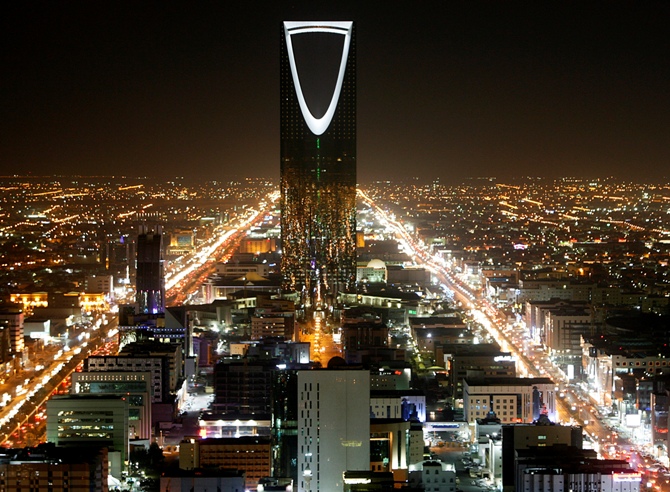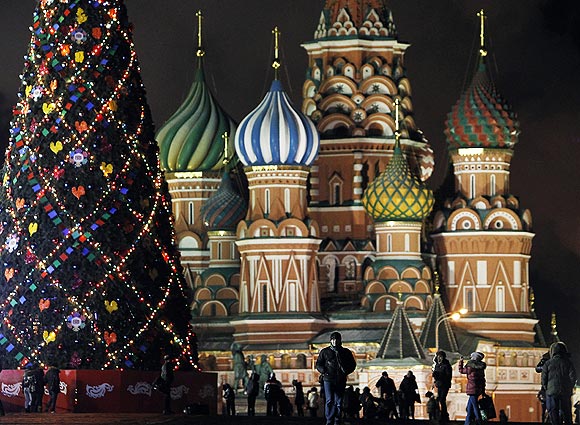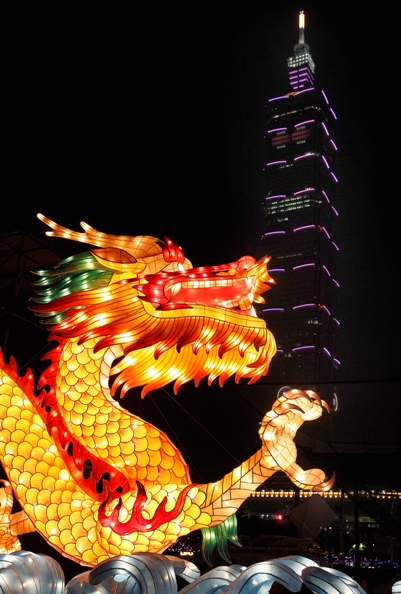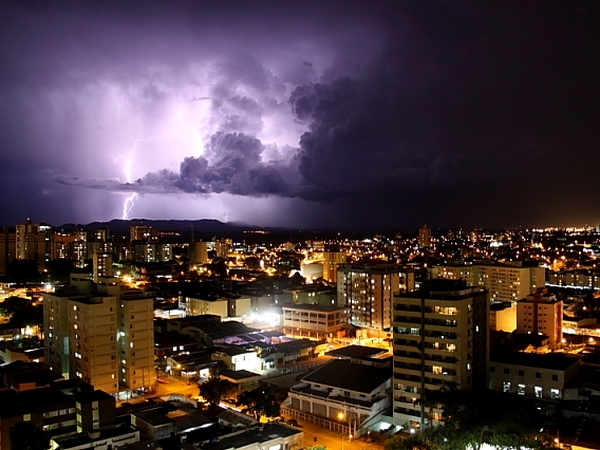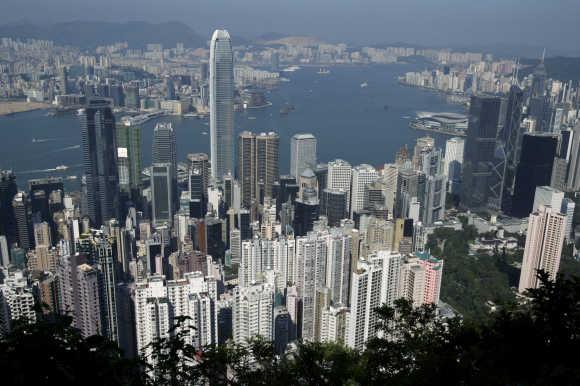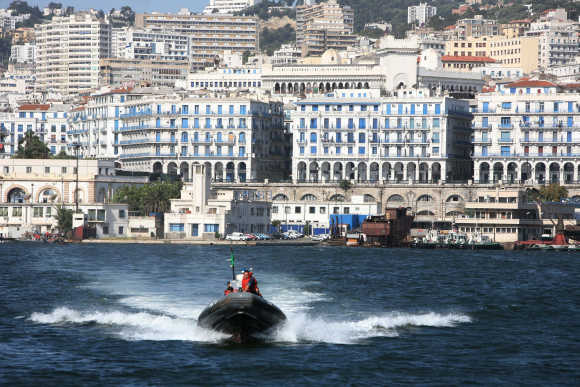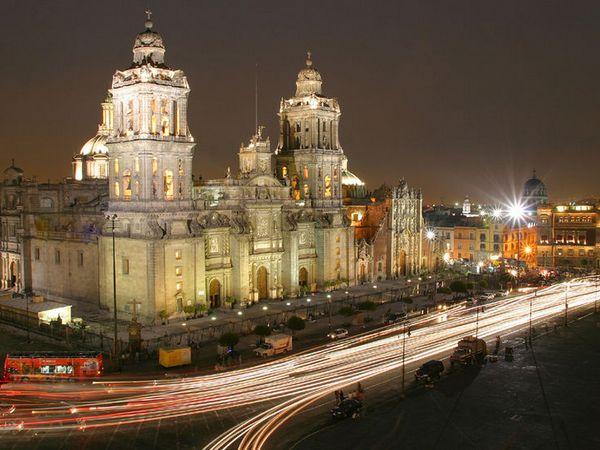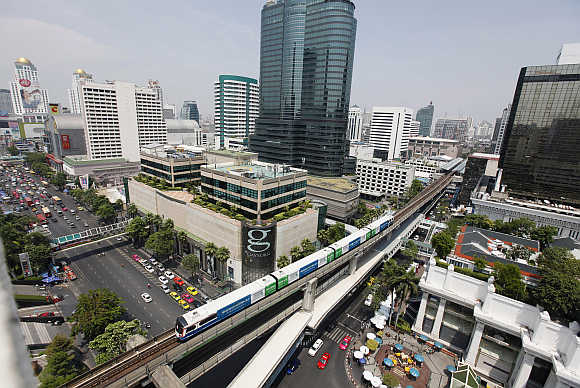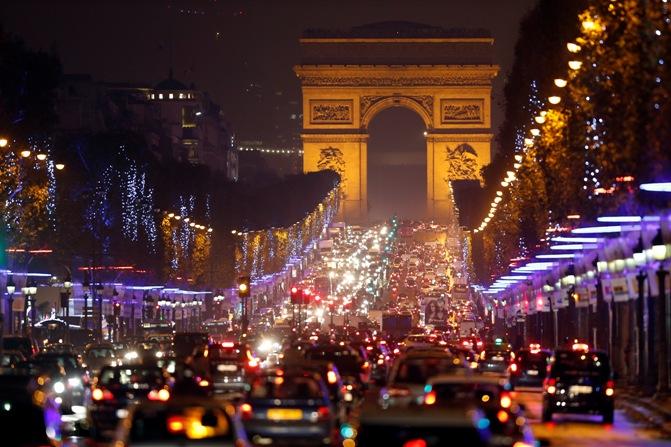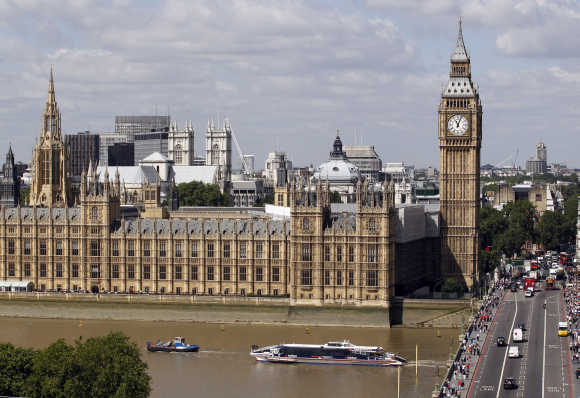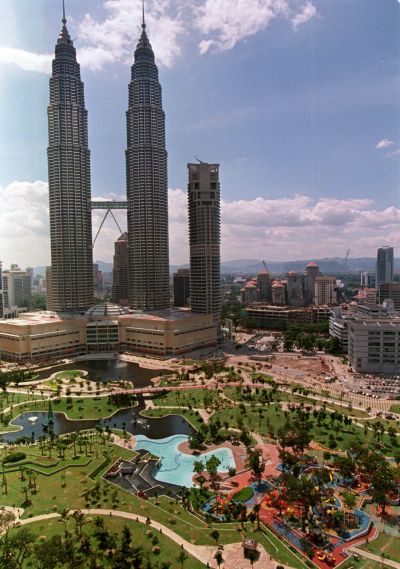 | « Back to article | Print this article |
20 countries with the largest foreign exchange reserves
Foreign exchange reserves include a country's gold holdings and convertible foreign currencies held in its banks, including special drawing rights and exchange reserve balances, with the International Monetary Fund.
Forex are often taken as a yardstick to gauge a country's financial strength.
The quantity of foreign exchange reserves can change as and when a country's central bank (Reserve Bank in case of India) implements the monetary policy.
India is among the top 10 nations in terms of foreign exchange reserves.
The list is topped by China.
1. People’s Republic of China
As of September 2013, the country’s foreign exchange reserve stood at $3726 billion.
China has become one of the world's fastest-growing major economies.
As of 2013, it is the world's second-largest economy by both nominal total GDP and purchasing power parity.
Click NEXT to find out the other 19 nations with the largest foreign exchange reserves. . .
20 countries with the largest foreign exchange reserves
2. Japan
As of April 2014, the country’s foreign exchange reserve stood at $1282 billion.
Japan has the world's third-largest economy by nominal gross domestic product and the world's fourth-largest economy by purchasing power parity.
Click NEXT to read further. . .
20 countries with the largest foreign exchange reserves
3. Saudi Arabia
As of March 2014, the country’s foreign exchange reserve stood at $733.66 billion.
The country is the world's largest oil exporter.
It figured in the National Power Index list of 20 most powerful countries.
The country has the world's second largest oil reserves and the world's sixth largest natural gas reserves.
Click NEXT to read further. . .
20 countries with the largest foreign exchange reserves
4. Switzerland
As of March 2014, the country’s foreign exchange reserve stood at $545.96 billion.
According to Credit Suisse, Switzerland has the highest nominal wealth per adult in the world.
The country also has the eighth-highest per capita gross domestic product on the International Monetary Fund list.
Click NEXT to read further. . .
20 countries with the largest foreign exchange reserves
5. Russia
As of March 2014, the country’s foreign exchange reserve stood at $486.13 billion.
The Russian economy is the eighth largest by nominal gross domestic product and fifth largest by purchasing power parity.
Click NEXT to read further. . .
20 countries with the largest foreign exchange reserves
6. Taiwan
As of March 2014, the country’s foreign exchange reserve stood at $424.24 billion.
Taiwan is one of the Four Asian Tigers and a member of the World Trade Organization and Asia-Pacific Economic Cooperation.
Click NEXT to read further. . .
20 countries with the largest foreign exchange reserves
7. Brazil
As of April 2014, the country’s foreign exchange reserve stood at $366.71 billion.
The Brazilian economy is the world's seventh largest by nominal gross domestic product.
A member of the Brazil, Russia, India, China group, Brazil has one of the world's fastest growing major economies.
Click NEXT to read further. . .
20 countries with the largest foreign exchange reserves
8. Republic of Korea
As of April 2014, the country’s foreign exchange reserve stood at $355.84 billion.
South Korea ranked 12th in the Human Development Index.
The country is the world's seventh largest exporter.
Click NEXT to read further. . .
20 countries with the largest foreign exchange reserves
9. Hong Kong
As of March 2014, the country’s foreign exchange reserve stood at $316.86 billion.
Hong Kong is the third most important leading international financial centre, after London and New York City.
Hong Kong dollar is the eighth most traded currency.
Click NEXT to read further. . .
20 countries with the largest foreign exchange reserves
10. India
As of June 2014, the country’s foreign exchange reserve stood at $312.58 billion.
The Indian economy is the world's tenth largest by nominal gross domestic product and third-largest by purchasing power parity.
Click NEXT to read further. . .
20 countries with the largest foreign exchange reserves
11. Singapore
As of April 2014, the country’s foreign exchange reserve stood at $275.23 billion.
Singapore is one of the world's major commercial hubs.
It has the world’s fourth-biggest financial centre and one of the five busiest ports.
Click NEXT to read further. . .
20 countries with the largest foreign exchange reserves
12. Germany
As of March 2014, the country’s foreign exchange reserve stood at $207.66 billion.
Germany has the world's fourth-largest economy by nominal GDP and the fifth-largest by purchasing power parity.
Click NEXT to read further. . .
20 countries with the largest foreign exchange reserves
13. Algeria
As of December 2013, the country’s foreign exchange reserve stood at $192.5 billion.
According to Organization of the Petroleum Exporting Countries, Algeria has 17th largest reserves of oil in the world.
Energy exports are the backbone of the economy.
Click NEXT to read further. . .
20 countries with the largest foreign exchange reserves
14. Mexico
As of March 2014, the country’s foreign exchange reserve stood at $185.46 billion.
Mexico has one of the world's largest economies.
It is the tenth largest oil producer and the largest silver producer in the world.
Click NEXT to read further. . .
20 countries with the largest foreign exchange reserves
15. Thailand
As of April 2014, the country’s foreign exchange reserve stood at $168.88 billion.
Thailand ranks second in the best quality of life in the Association of Southeast Asian Nation.
Click NEXT to read further. . .
20 countries with the largest foreign exchange reserves
16. France
As of April 2014, the country’s foreign exchange reserve stood at $154.83 billion.
France has the world's fifth-largest economy by nominal gross domestic product and seventh-largest by purchasing power parity.
Click NEXT to read further. . .
20 countries with the largest foreign exchange reserves
17. Italy
As of March 2014, the country’s foreign exchange reserve stood at $152.68 billion.
Italy has a market economy characterised by high per capita GDP and low unemployment rates.
Click NEXT to read further. . .
20 countries with the largest foreign exchange reserves
18. United States of America
As of June 2014, the country’s foreign exchange reserve stood at $143.77 billion.
The country has the world's largest national economy, with an estimated gross domestic product of $16.8 trillion in 2013.
Click NEXT to read further. . .
20 countries with the largest foreign exchange reserves
19. United Kingdom
As of March 2014, the country’s foreign exchange reserve stood at $141.1 billion.
UK is the sixth-largest economy in the world at present and the third-largest in Europe after Germany and France.
Click NEXT to read further. . .
20 countries with the largest foreign exchange reserves
20. Malaysia
As of April 2014, the country’s foreign exchange reserve stood at $131.16 billion.
Today, Malaysia has a newly industrialised market economy.
The country’s economy is third largest in Southeast Asia and 29th largest in the world.


